Jonathan Ochshorn
See my summary and critique of LEED (on materials and resources) from the 2009 version and from the latest LEED v4.
Extra and optional: See my Critique of Milstein Hall
Life cycle assessment (LCA) deals with environmental impacts over the life of a building
Life cycle costing (LCC) deals with the "dollar" costs of a building measured over its life
"According to International Standard ISO 14040, LCA is 'a compilation and evaluation of the inputs, outputs and the potential environmental impacts of a product system throughout its life cycle'"
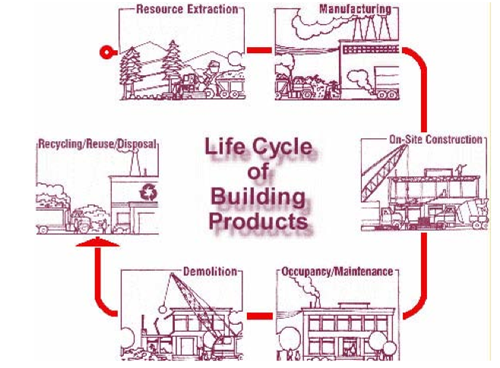
Also understood as a "circular economy."
Environmental performance
"Generally measured in terms of a wide range of potential effects, such as:
Notes on embodied energy
The embodied energy in building products may be much smaller than the operating energy for a building over its life.
On the other hand, certain environmental "embodied" outcomes (water pollution, strip mining, etc.) may be much greater due to the production of building products than from the use of the building over its life.
Both types of outcomes are important
"The essence of LCA is to cast the net wide and capture all of the relevant effects associated with a product or process over its full life cycle."
LCA includes secondary effects
"LCA of a given product should take account of the production and use of other products required for cleaning or maintenance during its use phase."
Limitations
Uncertainty of outcomes, especially with long (50-100 year) expected building life: occupancy changes unknown; demolition or disposal or renovations unknown.
Site-specific effects of resource extraction.
LCA Tools:
BEES (Building for Environmental and Economic Sustainability)
BEES online tool: found here
BEES measures the environmental performance of building products by using the life-cycle assessment approach specified in the ISO 14040 series of standards.
ISO is the International Organization for Standardization
ISO 14040:2006
BEES LCA method

Notice that energy use, per se, is not measured. What is measured are the environmental outcomes associated with energy use (burning fossil fuels).
How does BEES measure environmental impact?
BEES examines a number of environmental impacts, e.g., global warming. For any particular building product, BEES compares that product's impact on, say, global warming with the impact that an average person in the US has, per year, on global warming.
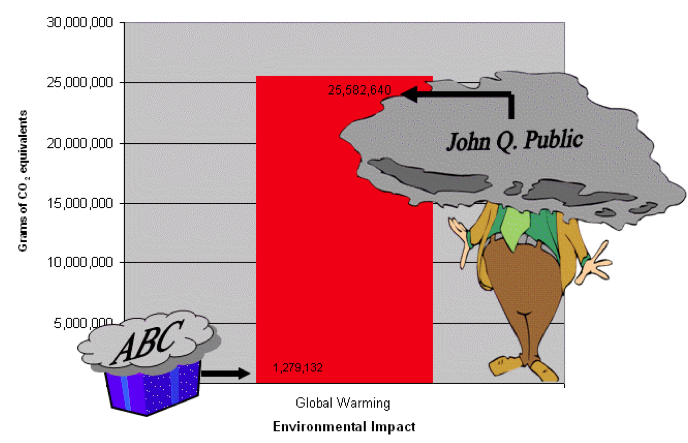
Now, take all the environmental impacts (including global warming), give them weights, and sum them all up for the total environmental product score:
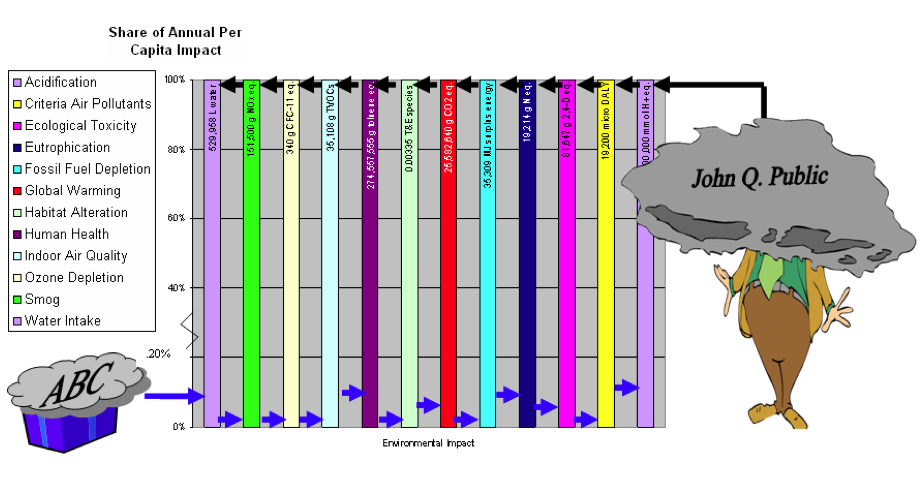
Comparison of two products: Lower values are better!
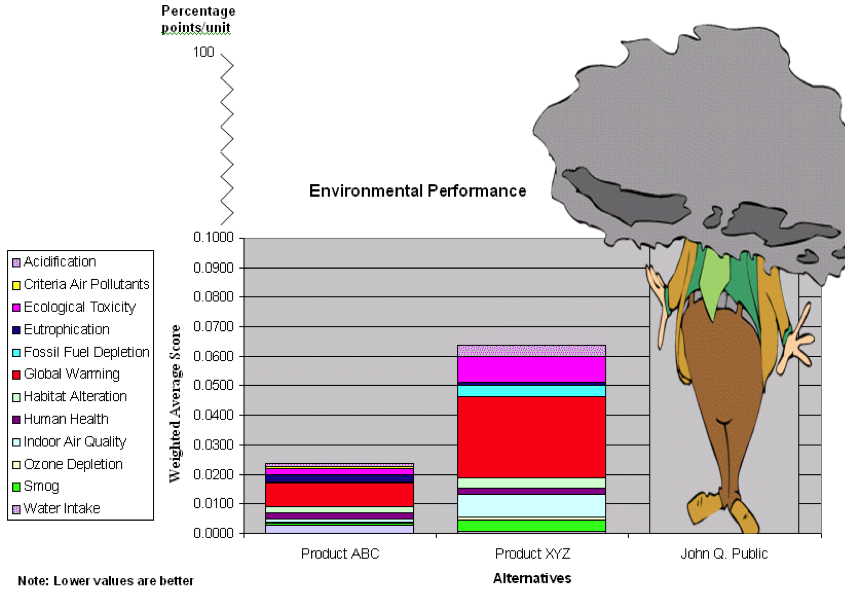
[BEES images above are taken from the BEES "Score interpretation" PDF linked from the "help" page here]
How does BEES measure economic life cycle cost?
The Economic Performance summary graph displays the first cost, discounted future costs and their sum -- the life-cycle cost.
All life cycle costing must convert future building product costs to their equivalent present value.
So why is a future cost different from a current cost (or value)?
Because that is the nature of capital: capital is value that accumulates or increases.
Important conclusion about life cycle costing: The greater your expectation of return on your investment (the greater your assumed discount rate), the smaller is the present value of future costs.
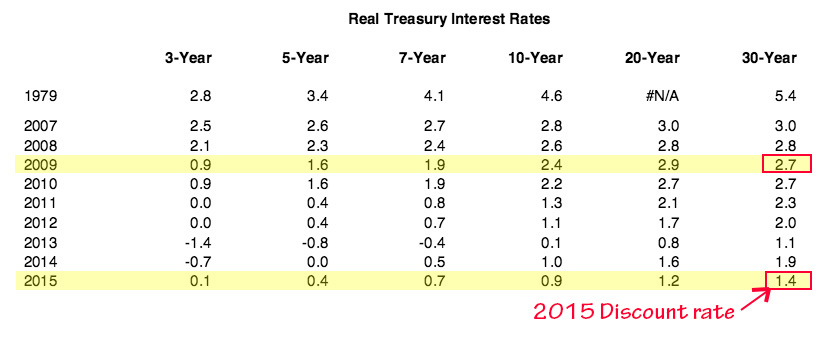
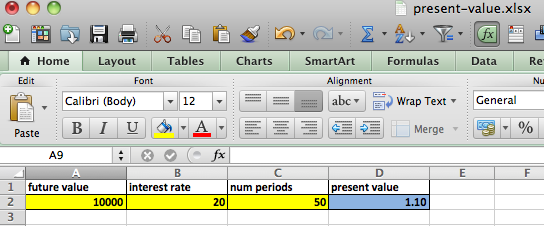
Disclaimer: Students are responsible for material presented in class, and required material described on course outline. These notes are provided as a tentative outline of material intended to be presented in lectures only; they may not cover all material, and they may contain information not actually presented. Notes may be updated each year, and may or may not apply to non-current versions of course.
first posted Sept. 21, 2012 | last updated: Oct. 16, 2019
Copyright
2007-2017 J. Ochshorn. All rights reserved. Republishing material on this web site, whether in print or on another web site, in whole or in part, is not permitted without advance permission of the author.